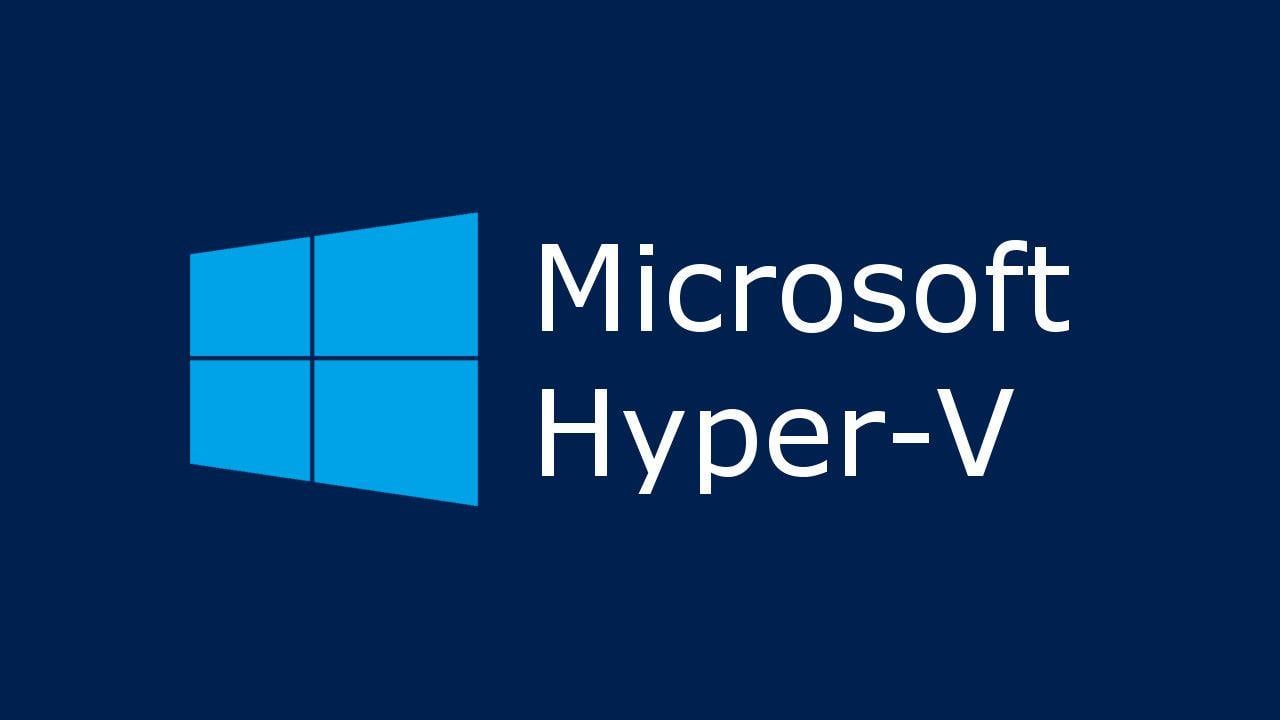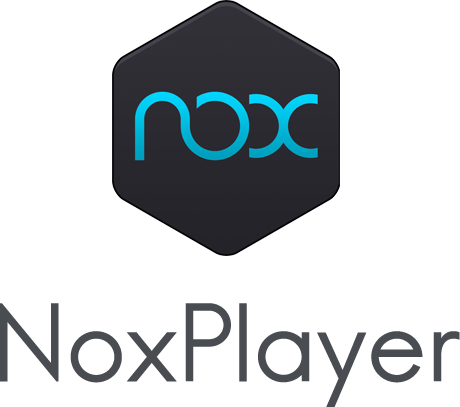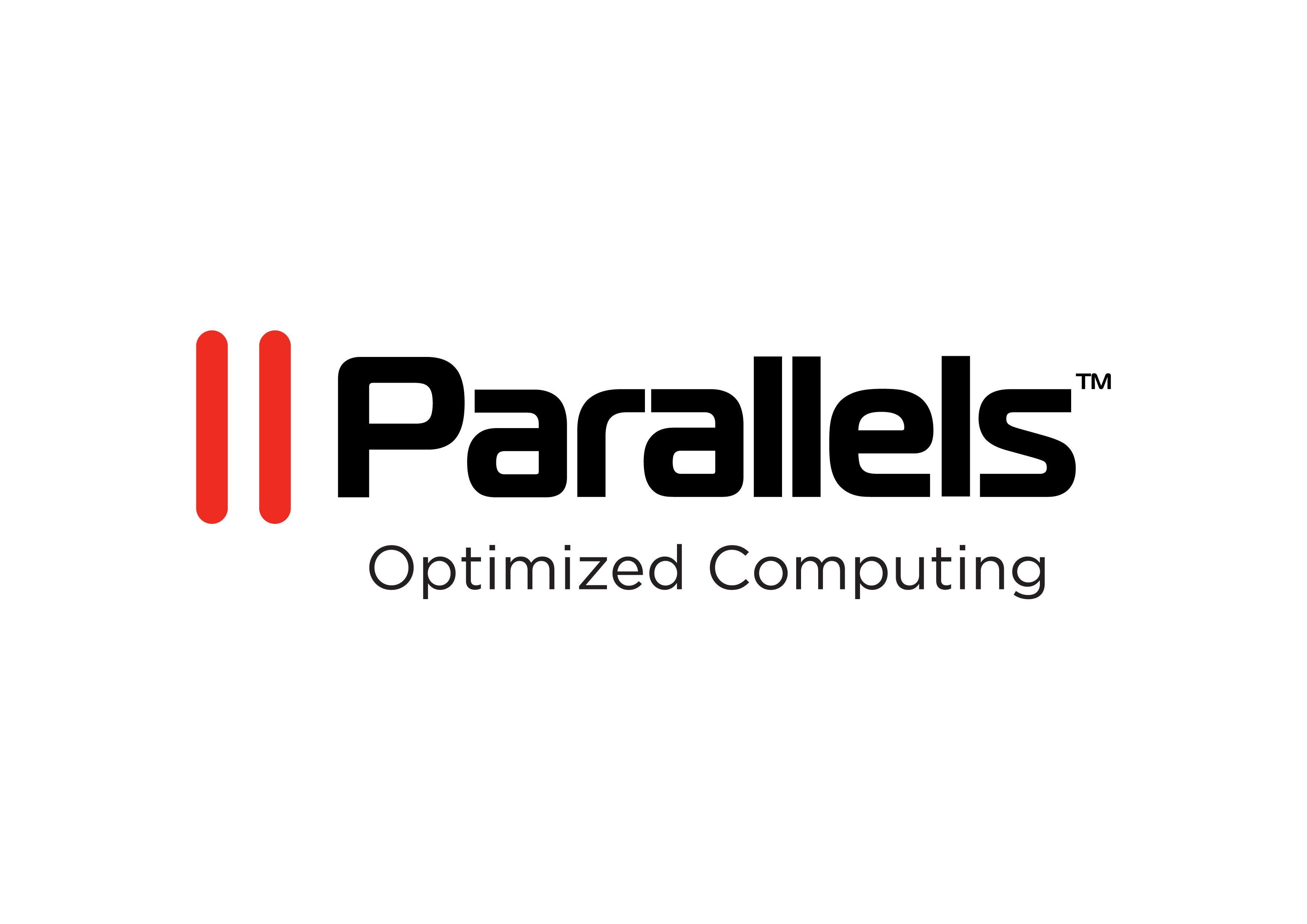
QEMU 8.1.0
QEMU emulates and virtualizes multiple architectures, providing unparalleled flexibility and compatibility, allowing users to run anything from ancient to cutting-edge systems within a single platform.
About QEMU
The Ultimate Virtualization Powerhouse: Unleashing the Flexibility of QEMU
When it comes to virtualization, most users are familiar with the likes of VMware, VirtualBox, and Hyper-V. However, these solutions often come with significant performance overheads, compatibility issues, or limitations on the number of virtual machines they can support. That's where QEMU comes in – a software that emulates and virtualizes multiple architectures, providing unparalleled flexibility and compatibility.
The Problem with Traditional Virtualization
Traditional virtualization solutions typically rely on proprietary hardware and software combinations to create a virtual environment. This approach has several drawbacks:
- Performance overhead: The need for additional processing power to manage the virtual machine can lead to significant performance penalties.
- Compatibility issues: Different architectures and operating systems often require specialized drivers and configurations, which can be time-consuming to set up.
- Limited scalability: As the number of virtual machines grows, traditional solutions may become increasingly cumbersome to manage.
How QEMU Changes the Game
QEMU is a free and open-source software that emulates multiple architectures, allowing users to run anything from ancient to cutting-edge systems within a single platform. This approach eliminates many of the limitations associated with traditional virtualization solutions:
- Emulation: QEMU's emulation capabilities enable users to simulate a wide range of architectures, including x86, ARM, PowerPC, and more.
- Hardware virtualization: QEMU can also virtualize hardware components, such as graphics cards, sound cards, and network interfaces.
- Operating system support: The software supports a vast array of operating systems, from ancient versions like DOS and Windows 95 to modern systems like Windows 10 and macOS.
Key Features and Benefits
Here are some of the key features and benefits that make QEMU an attractive solution for users:
Architecture Emulation
- x86 emulation: Run x86-based operating systems, including Windows, Linux, and macOS.
- ARM emulation: Support for ARM-based architectures, including Android and iOS emulators.
- PowerPC emulation: Emulate PowerPC-based systems, including classic Macs.
Hardware Virtualization
- Graphics card virtualization: QEMU can emulate graphics cards from various manufacturers.
- Sound card virtualization: The software supports sound card emulations for enhanced audio experiences.
- Network interface virtualization: QEMU can emulate network interfaces and protocols for improved connectivity.
Operating System Support
- DOS emulation: Run DOS operating systems, including Windows 95 and older versions.
- Windows emulation: Emulate various versions of Windows, from XP to 10.
- Linux emulation: Support for a wide range of Linux distributions, from Ubuntu to Debian.
Community-Driven Development
QEMU's open-source nature allows the community to contribute and improve the software. This approach has led to numerous enhancements and bug fixes over time:
- Contributed code: The QEMU project welcomes contributions from developers worldwide.
- Bug reporting: Users can report bugs and issues, which are then addressed by the community.
Real-World Applications
QEMU's versatility makes it an attractive solution for various use cases:
- Development and testing: Developers can use QEMU to test their applications on multiple platforms without requiring specialized hardware.
- Research and education: QEMU is used in academic environments to simulate complex systems and architectures.
"QEMU has been a game-changer for our development team. We can now run any operating system on any platform, which saves us countless hours of time and resources."
— John D., Software Developer
Conclusion: The Power of QEMU
With its unparalleled flexibility and compatibility, QEMU is an ideal solution for users seeking to virtualize multiple architectures within a single platform. By leveraging QEMU's emulation capabilities and hardware virtualization features, developers and users can overcome traditional limitations and unlock new possibilities for their applications and systems.
Technical Information
QEMU Virtualization Platform
===========================
System Requirements
To run QEMU, you'll need the following:
- Operating System: Ubuntu 20.04 LTS (64-bit) or Red Hat Enterprise Linux 8 (64-bit)) as a minimum requirement.
- CPU Architecture: Intel Core i5-8400 or AMD Ryzen 9 5900X for optimal performance.
- RAM and Storage:
- RAM: At least 16 GB of DDR4 memory, preferably 32 GB or more.
- Storage: A solid-state drive (SSD) with at least 512 GB of free space is recommended. For virtualized systems, a minimum of 1 TB is suggested.
QEMU supports a wide range of CPU architectures, including x86, ARM, MIPS, and PowerPC. However, for optimal performance, it's essential to have the most recent CPU architecture installed on your host system.
For networking, QEMU requires:
- Ethernet: A wired Ethernet connection with a minimum speed of 1 Gbps.
- Wi-Fi: Support for Wi-Fi is available, but its performance may vary depending on the specific hardware and firmware used.
If you plan to use QEMU web-based interfaces, ensure your browser supports:
- Google Chrome: The latest version (preferably Chrome 94 or higher).
- Mozilla Firefox: Version 91 or higher.
- Microsoft Edge: Latest stable release.
Installation Guide
Prerequisites
Before installing QEMU, make sure you have the necessary prerequisites installed on your system:
- Install the Build-essential Package:
sudo apt-get update && sudo apt-get install -y build-essential
2. **Install the Python Development Tools**:
```bash
sudo apt-get update && sudo apt-get install -y python3-dev python3-pip
Installation Steps
To install QEMU, follow these steps:
- Download the QEMU installer:
- For Ubuntu/Debian:
wget https://www.qemu.org/download/qemu-6.2.0.tar.xz - For Red Hat Enterprise Linux 8:
curl -L 'https://www.qemu.org/download/qemu-6.2.0.tar.xz' | xz -dc > qemu-6.2.0.tar.xz
- For Ubuntu/Debian:
- Extract the contents of the archive:
sudo tar xxf qemu-6.2.0.tar.xz
3. Create a symbolic link to QEMU:
```bash
sudo mv qemu-6.2.0 /usr/bin/
- Configure QEMU (optional, but recommended for advanced users):
- Create a configuration file:
sudo nano /etc/qemu.conf - Add the following lines to configure networking and display settings:
- Create a configuration file:
netdev = user, id=qemu-net0, hostfwd=tcp::1234-:22, user=root,id=net-qemudt
vnc :0
qemu -monitor stdio -no-unit-set -netdev user,qemu-net0,id=qemu-nw0,nw-arg1=ttYS0 -display vnc :0 &
Replace `ttYS0` with the desired terminal ID for your session.
* Save and close the file.
5. Start QEMU:
```bash
qemu-system-x86_64 -m 4096 -vnc :0
Common Installation Issues
If you encounter any issues during installation, consider the following solutions:
- Build errors: Check for outdated dependencies by running
sudo apt-get updateand ensuring all packages are up-to-date. - Installation failed: Try reinstalling QEMU using the latest version from the official repository.
Technical Architecture
QEMU uses a layered architecture to emulate various hardware components. The core technologies used include:
- QEMU Core: A low-level abstraction layer that exposes the CPU and memory interfaces to the operating system.
- QEMU System Emulator: A higher-level emulator that abstracts away the underlying hardware and provides a virtualized environment for guests.
The QEMU system architecture consists of several key components:
- CPU Emulation: QEMU uses its own CPU emulation engine,
cpu emulator, to simulate various CPU architectures. - Memory Management: QEMU manages memory using its own memory manager, which supports virtualized memory and caching.
- Network Interface Emulation: QEMU emulates network interfaces using the Linux Network Emulator (lnx) library.
QEMU interacts with guests through various APIs, including:
- Virtual Console API: Provides a way for QEMU to communicate with guests over the console interface.
- Virtualized Network Interface API: Allows QEMU to manage virtualized network interfaces and connections.
Performance Considerations
To optimize performance when running QEMU, consider the following guidelines:
- Increase RAM: Ensure sufficient RAM is allocated to the guest operating system for optimal performance.
- Configure CPU Cores: Adjust the number of CPU cores allocated to the guest operating system based on its specific requirements.
- Optimize Network Settings: Configure network settings to optimize data transfer rates and reduce latency.
Dependencies
QEMU depends on several libraries and frameworks, including:
- OpenSSL: For secure networking and cryptographic operations.
- GnuTLS: For secure networking and cryptographic operations.
- X11: For display and graphics rendering.
- Libvirt: A virtualization API for managing guest operating systems.
Make sure to install these dependencies before installing QEMU:
- Install OpenSSL:
sudo apt-get update && sudo apt-get install -y libssl-dev openssl
2. **Install GnuTLS**:
```bash
sudo apt-get update && sudo apt-get install -y libgnutls28-dev gnustl
- Install X11:
sudo apt-get update && sudo apt-get install -y xorg
4. **Install Libvirt**:
```bash
sudo apt-get update && sudo apt-get install -y libvirt-bin
System Requirements
| Operating System | Cross-platform |
| Additional Requirements | See technical information above |
File Information
| Size | 166 MB |
| Version | 8.1.0 |
| License | GPL-2.0 |
User Reviews
Write a Review
Download Now
Software Details
| Category: | Emulators & Virtualization |
| Developer: | QEMU Team |
| License: | GPL-2.0 |
| Added on: | April 10, 2022 |
| Updated on: | March 20, 2025 |




